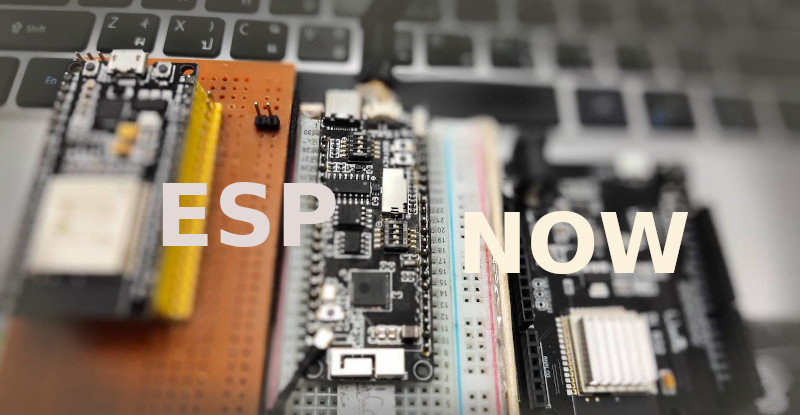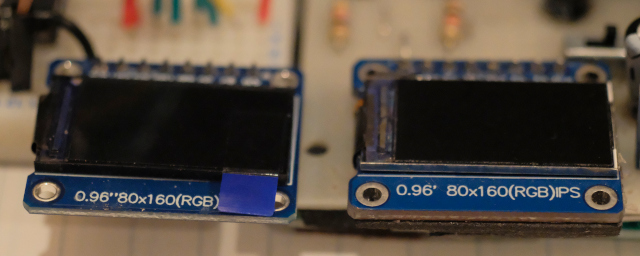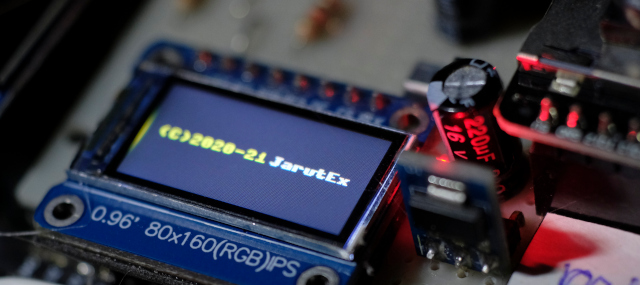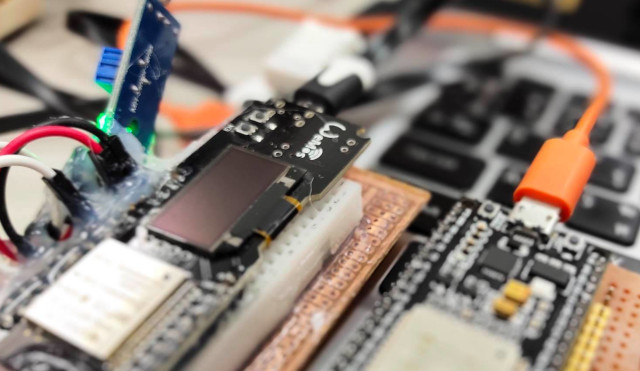[EN] How to used RPi 3.5″ TFT LCD&Touch Shield with esp32?
Because we bought a 3.5″ display for the Raspberry Pi board to use and wonder if it can be used with the ESP32 board or not. Therefore, this article talks about how to use a TFT LCD Shield designed for Waveshare’s Raspberry Pi with the TTGO T8 ESP32 microcontroller via the TFT_eSPI library to display and operate a touch screen system as shown in Figure 1.









